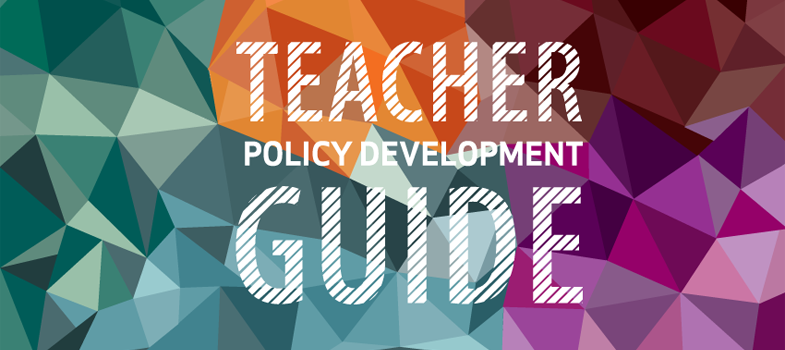5.6 Costing implementation
All aspects of implementation (at least the major ones highlighted above) need to be budgeted, including:
- Implementation vehicle and process – executive/administrative or legislative
- Plan of action and related instruments
- Monitoring and evaluation
- Organizational arrangements – leadership, management, capacity development, and structures.
As with policy development (Chapter 4) and the development of the action plan set out earlier in this chapter, funding may come from national or sub-national sources (public budget or a mix of public and private sources), as well as development partners. Implementing a teacher policy may be a lesser priority for development partners, but not excluded. External support where necessary can be sought from many of the partners cited in Chapter 2 (Section 2.3), for example through the country support function of the International Teacher Task Force on Teachers for Education 2030, or the development and implementation grant-funding mechanisms of the GPE. The conditions for such funding, whether channelled through general or education sector budget support or through earmarked funding for selected activities, need to be clear, and country ownership maintained. A feasible policy action plan, or one perceived as such, can itself help mobilize resources to implement policies.
If funding gaps exist, strategies and plans may have to be revised – for example, by devising more cost-effective implementation means, including greater synergies in structures/management or activities, or delegating responsibility for activities from central to decentralized bodies or to other stakeholders. The overall objectives and major priorities should always be kept in mind during the revision process (IIEP and GPE, 2012: 14).
As discussed in this Guide, policy development and implementation is a complex process and subject to political contestation. Effective teacher policy implementation requires awareness of the context-specific political and cultural dynamics in which policies are created and take root. This requires an implementation approach that focuses explicitly on the contextual constraints and the expectations of local agents and constituencies beyond the state, and factors in existing power relations to ensure that a teacher policy will result in the desired changes.
You can now take the Chapter 5 quiz [Tip: hold Ctrl and click a link to open it in a new tab. (Hide tip)] to try to earn your badge for this chapter
5.5.3 Governance: implementation bodies/structures
